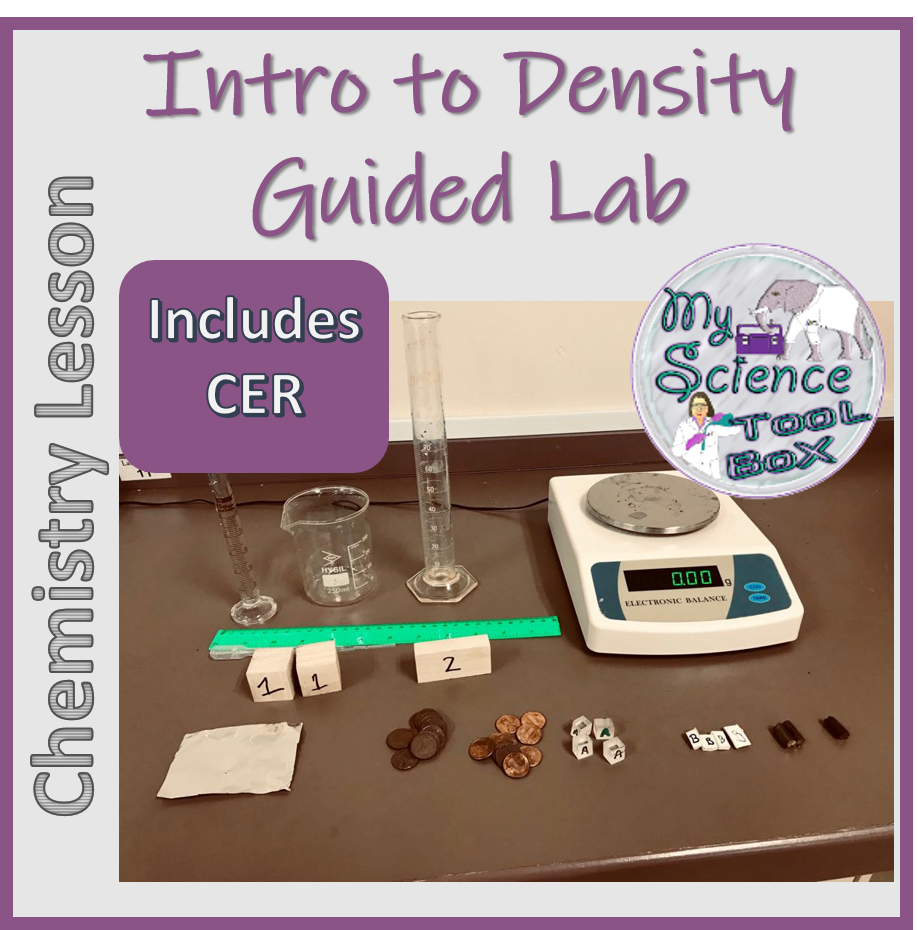"I studied for your test."
I always respond, "Oh thanks, but I don't have a test today."
One thing that I have worked really hard to build in my classroom is an environment in which students are required to take responsibility for their OWN learning. The purpose for everything we do in a classroom is to allow students to learn. But too often, students think they are doing the work "for us" instead of for themselves.
Here are some easy ways to immediately start turning your classroom into one in which the students have ownership in their learning.
Here are some easy ways to immediately start turning your classroom into one in which the students have ownership in their learning.
Student-Owned Notes
I do this differently depending on the topic. For topics that are very math-heavy, I have students directly copy down the examples as I write them on the board. I generally show one example and then give students the opportunity to try other problems on their own. (Until they wrestle with the math for themselves, they won't figure out what they will struggle with.) But for other notes, students are not allowed to hold their pens/pencils while I talk.
 I have learned that most students do. not. listen. when they write. I have had students write notes for 45 minutes while I talk, and at the end, they really have no comprehension of what they wrote.
I have learned that most students do. not. listen. when they write. I have had students write notes for 45 minutes while I talk, and at the end, they really have no comprehension of what they wrote.So while I'm teaching, writing utensils are down.
 For some topics, I give guided notes. These go along with my PowerPoints and have questions after every few slides.
For some topics, I give guided notes. These go along with my PowerPoints and have questions after every few slides.Students listen while I teach a particular concept, they answer a few Check for Understanding questions out loud, they ask questions of their own, we discuss what they're learning, and then they pick up their pencils to answer the question on their notes.
 We then move on to the next topic, pencils down again. The full PowerPoints are available on my class website, (so if students need to go home and look at them again they can), but in-class time is better spent processing the material for themselves rather than almost mindlessly copying words from the board.
We then move on to the next topic, pencils down again. The full PowerPoints are available on my class website, (so if students need to go home and look at them again they can), but in-class time is better spent processing the material for themselves rather than almost mindlessly copying words from the board.
Some students feel like there's some magic to the way that I phrase things. For example, a student asks a question, and I ask the class to answer. Another student gives a great answer. We move on. But, the first student asks, "Yes, but what would you say?" (As if my words mean more than his or her classmates' words.)
Other times, students will be hesitant to write their own words down in their guided notes as an answer to the question. They want to copy directly what the slide says or what I say. From the very beginning of the year, I try to push them past this misconception and help them to build confidence in their OWN words. I focus on understanding the concept, not memorizing the words. I never have questions or answer choices on a test that exactly mimic the notes on the board. I want students to focus on being able to answer a question in their own words, and feel confident in this.
For some topics, I have students create their own notes. For example, for atomic structure, I have students make the foldable shown below.
 My PowerPoint is organized into three parts -- Atomic Structure, Isotopes, and Ions. While I explain each topic, students have their pens/pencils down. After I explain Atomic Structure and guide the students through questions and practice and examples, I have them open up to the first section of their foldable and work together with the students around them to organize what they have learned in whatever way they choose. As they discuss in groups, and ask me questions, they write down what they have learned in their own words. (This helps each student to see many different perspectives on the topic and if someone was unsure about something this is usually when the 💡 shines above their head.)
My PowerPoint is organized into three parts -- Atomic Structure, Isotopes, and Ions. While I explain each topic, students have their pens/pencils down. After I explain Atomic Structure and guide the students through questions and practice and examples, I have them open up to the first section of their foldable and work together with the students around them to organize what they have learned in whatever way they choose. As they discuss in groups, and ask me questions, they write down what they have learned in their own words. (This helps each student to see many different perspectives on the topic and if someone was unsure about something this is usually when the 💡 shines above their head.)Examples of student-organized notes:
We repeat the process again:
(all while students have their pens/pencils down).
Then they get into groups again to organize their notes and thoughts.The first time you do this, many students will struggle or be reluctant. Teaching students to write their own notes requires scaffolding and support. I have on the PowerPoint a list of words/concepts/topics we just covered to jog their memories and guide their group conversations. I am available to answer questions while they are writing their notes. This is important -- they are not taking a test, they are writing notes, and it's important for them to be accurate.
I love hearing the discussions between students while they are writing their notes. The retention of information is so much higher when they are forced to think back to the lesson while they write their notes.
Again, students know that they can go home and look at the PowerPoints more if they need to, but in-class time is spent allowing them to come to their own understandings of the material.
Student-Owned Homework
I do not assign "homework." I give my students opportunities to practice a new skill in class (usually with either a worksheet or a game). When class is over, they have the option of finishing the worksheet at home, or if the practice was a game, there's an optional worksheet they can pick up. It is their decision. I try to instill in them from day one that homework is practice for them. If they need extra practice, then they should do it or they will struggle on the quizzes.
I post answers online so that they can check as they go and recognize mistakes immediately. I generally let students know the day of the lesson when the quiz on that skill will be (usually a few days later). This allows students who do not understand right away a few days to spend time practicing before the quiz, and does not penalize students who take a little extra time to learn something.
Students who understand the concept/skill during the in-class practice time do not need to spend time at home practicing unless they choose to. At home practice is for them, not for me.
Students who understand the concept/skill during the in-class practice time do not need to spend time at home practicing unless they choose to. At home practice is for them, not for me.
Student-Centered Lessons
For these topics, I have guided lessons and activities. These are activities that have the notes embedded and give students active practice with the topics instead of just learning fact after fact after fact.
I allow students to work at their own pace, within reason, and check with me after every page. This "checking" allows me to quickly point out errors and have 1 on 1 discussions with individual students or pairs of students about their errors and misconceptions. As students are coming up to me individually, it turns what could have been a whole-class lesson into short private tutoring lessons, one topic at a time.
Here are three examples of student-centered and self-paced lessons embedded with activities:
 |
| Density Guided Lab |
 |
| Average Atomic Mass Guided Lab |
The Take Away
As teachers, we all know that everything we do in class is to try to help students learn. Many students do not realize just what that means, and treat everything they do in class as a "favor" for their teacher. In order to maximize learning, it is important that students recognize that they are working for themselves. The best way to do this is to build a classroom culture that gives the responsibility of learning to the students at every step, from lessons to notes to practice.
Happy teaching!
As teachers, we all know that everything we do in class is to try to help students learn. Many students do not realize just what that means, and treat everything they do in class as a "favor" for their teacher. In order to maximize learning, it is important that students recognize that they are working for themselves. The best way to do this is to build a classroom culture that gives the responsibility of learning to the students at every step, from lessons to notes to practice.
Happy teaching!





